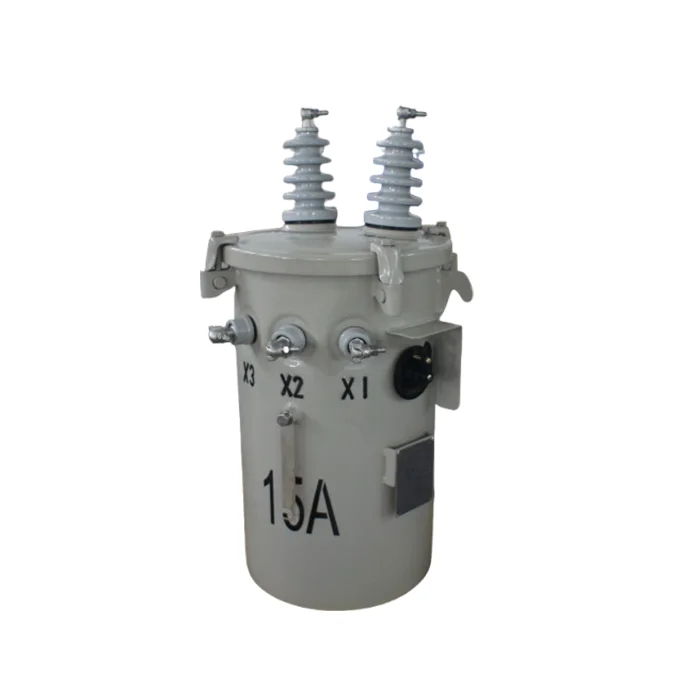Water is an essential resource for our daily lives, but it often contains chlorine, a chemical commonly used for disinfection purposes. While chlorine is effective in killing harmful bacteria and viruses, its presence in drinking water can have adverse effects on our health and the environment. In this blog post, we will explore various natural methods to remove chlorine from water, ensuring a safer and healthier drinking experience.
- Activated Carbon Filtration:
Activated carbon filters are highly effective in removing chlorine from water. These filters contain porous carbon that attracts and absorbs chlorine molecules, leaving the water free from this chemical. This method is widely used in household water filtration systems and is known for its efficiency in removing not only chlorine but also other impurities and odors. - Boiling:
Boiling water is a simple and natural way to remove chlorine. When water is heated to its boiling point, chlorine evaporates, leaving the water chlorine-free. However, this method is not suitable for large quantities of water and may not remove other contaminants present in the water. - Sunlight Exposure:
Exposing water to sunlight for a certain period can help dissipate chlorine naturally. Ultraviolet (UV) rays from the sun break down chlorine molecules, rendering them harmless. This method is best suited for small quantities of water and requires clear containers to allow maximum sunlight exposure. - Vitamin C (Ascorbic Acid):
Vitamin C, in the form of ascorbic acid, can neutralize chlorine effectively. Adding a small amount of vitamin C powder or crushed vitamin C tablets to water can quickly eliminate chlorine. This method is convenient for treating smaller volumes of water but may not be practical for larger quantities. - Aeration:
Aeration involves exposing water to air, allowing chlorine to escape through the process of evaporation. This can be achieved by pouring water back and forth between two containers or using an air stone or diffuser to increase the water's contact with air. Aeration is a cost-effective and natural method, but it may take some time for chlorine to completely dissipate.
Conclusion:
Removing chlorine from water naturally is essential for ensuring safe and healthy drinking water. Activated carbon filtration, boiling, sunlight exposure, vitamin C, and aeration are effective methods to eliminate chlorine without the use of chemicals. Depending on the quantity of water and available resources, one can choose the most suitable method. By adopting these natural purification techniques, we can enjoy chlorine-free water while minimizing the potential health risks associated with its presence.


